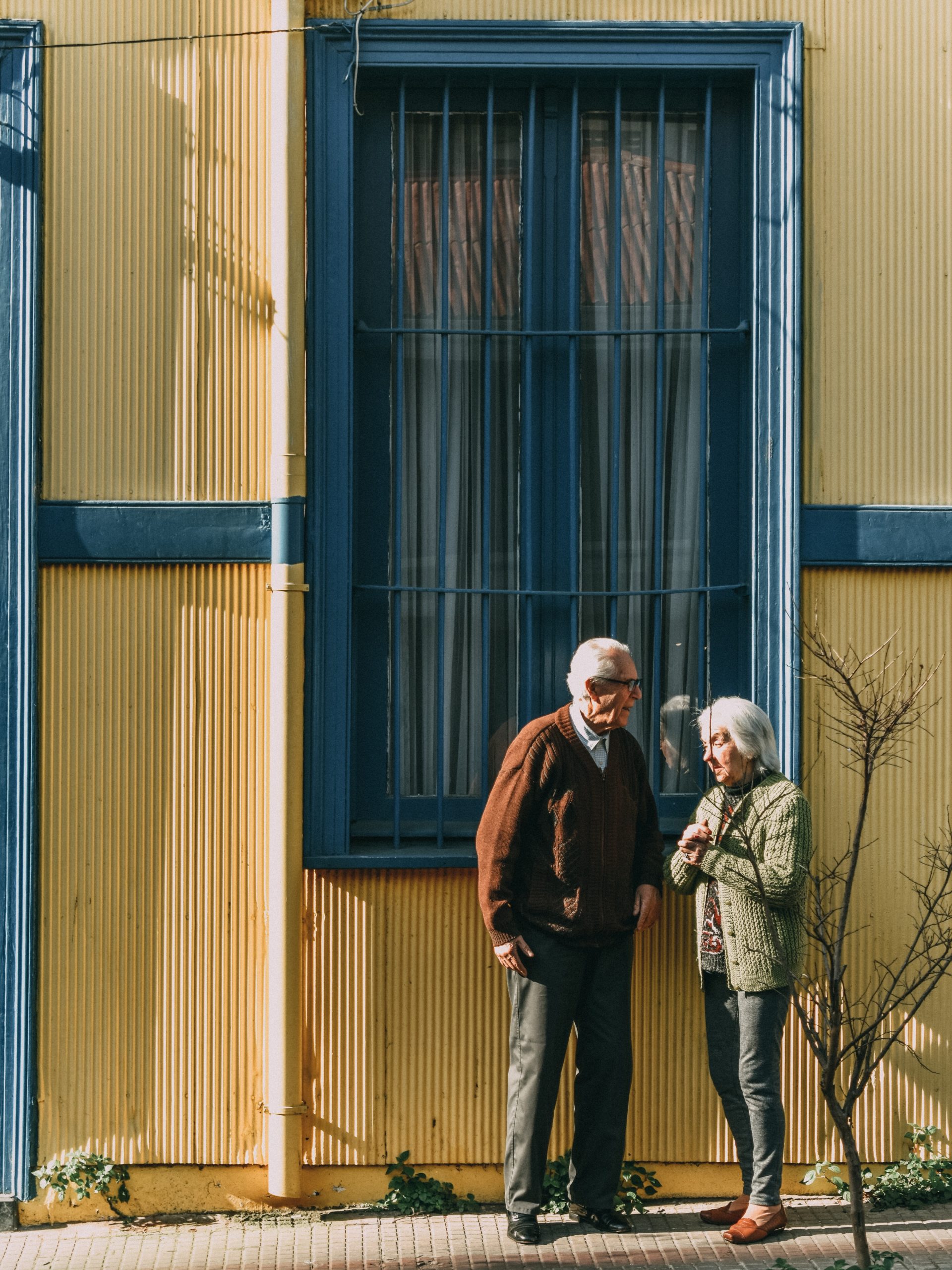Fall Prevention: A Comprehensive Guide for Caregivers

The image is not directly related to the article. It merely symbolizes the life of elderly people.
Falls are a common and serious concern for older adults, especially those with mobility issues or cognitive impairments. As a caregiver, it is important to take proactive steps to prevent falls and ensure the safety of your loved one. In this comprehensive guide, we will discuss the risk factors for falls, strategies for fall prevention, and resources for caregivers to help keep their loved ones safe.
Risk Factors for Falls:
There are several risk factors that can increase the likelihood of a fall for older adults. These include:
– Muscle weakness and balance problems
– Vision impairment
– Medication side effects
– Chronic health conditions such as arthritis or diabetes
– Environmental hazards such as uneven flooring or poor lighting
It is important for caregivers to be aware of these risk factors and take steps to address them in order to prevent falls.
Strategies for Fall Prevention:
There are several strategies that caregivers can implement to help prevent falls in their loved ones. These include:
– Encouraging regular exercise to improve strength and balance
– Ensuring proper footwear with non-slip soles
– Removing tripping hazards such as loose rugs or clutter
– Installing grab bars and handrails in key areas of the home
– Ensuring good lighting throughout the home
– Encouraging regular vision exams
– Reviewing medications with a healthcare provider to check for side effects that may increase fall risk
It is important for caregivers to be proactive in addressing these strategies in order to create a safe environment for their loved one.
Resources for Caregivers:
There are numerous resources available to help caregivers prevent falls and promote safety for their loved ones. These include:
– Fall prevention programs offered by local hospitals or senior centers
– Home safety assessments provided by occupational therapists or physical therapists
– Educational materials on fall prevention from organizations such as the National Council on Aging or the Centers for Disease Control and Prevention
– Support groups for caregivers to share tips and strategies for fall prevention
By utilizing these resources, caregivers can stay informed and empowered to keep their loved ones safe and prevent falls.
In conclusion, fall prevention is a crucial aspect of caregiving for older adults. By understanding the risk factors for falls, implementing strategies for prevention, and utilizing available resources, caregivers can help ensure the safety and well-being of their loved ones. With a proactive approach to fall prevention, caregivers can create a safer and more secure environment for their loved ones to thrive in.
The image is not directly related to the article. It merely symbolizes the life of elderly people. Falls are a common and serious concern for older adults, especially those with mobility issues or cognitive impairments. As a caregiver, it is important to take proactive steps to prevent falls and ensure the safety of your loved…
Recent Posts
- Empowering Caregivers: The Best Online and Offline Resources to Enhance Your Skills
- Traveling with a Purpose: The Rise of Volunteer Vacations
- Breaking Stigma: Dispelling Myths about Mobility Aids and Disability
- Avoiding Probate: How Trusts Can Simplify the Estate Settlement Process
- Senior Citizens Beware: Common Financial Scams and How to Stay Protected

